| NOW, DO THE WORK! |
| Now that we have seen samples of the cable loss data tables that
are published by various industry cable and passive device suppliers, it is time to get
the specific cable loss data and passives loss data together and do the work. First
thing to do is to create a simple line drawing of the cable routes from building to
building and/or within buildings. The key features should be indicated. Use a
triangle to represent an amplifier providing forward gain from left to right on your
chart. Use round circles to represent splitters and directional couplers in the
trunk or feeder lines. Use your choice of small squares or Octaagons to represent
the taps. Make these large enough to write a two-digit number inside the square or
hexagon or adjacent if desired. The number will represent the tap loss value.
See the graphics below for examples. |
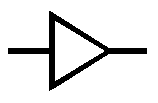
Amplifier |
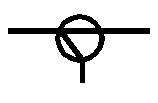
Directional Coupler |
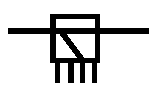
4-Port Tap |
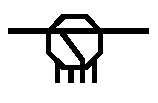
8-Port Tap |
|
| Using a combination of the symbols above,
create a trunk tree diagram with the cable distances between desired cable splitter or tap
locations. As each leg of the proposed distribution is drawn, the choice of
splitter versus directional coupler will become evident as a result of the cable length or
passive losses on each leg. Draw in the location of the required taps and whether
they will need to be 2-port, 4-port, or 8-port taps at each location. When this
phase of the drawing is completed, the loss of each length of cable can be
calculated. Tap values will be assigned when RF signal levels
are calculated. |
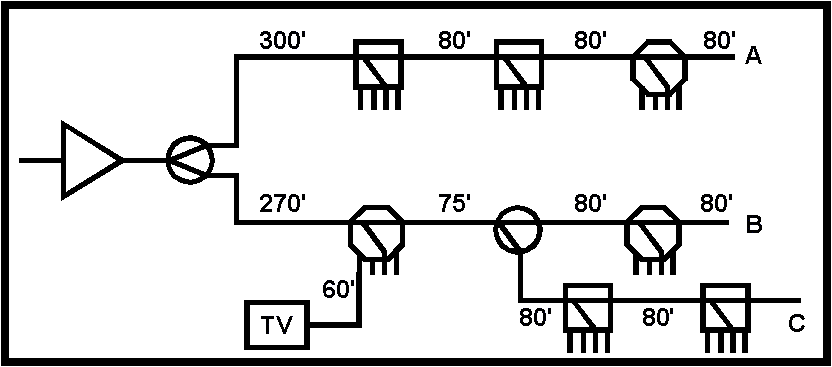 |
| Now that we have a sample layout, the RF output level of the
amplifier can be added to the diagram and the signal levels in and out of each length of
cable and passive device can be determined. In the diagram above, the single TV set
shown has a 60-foot length of RG-6 drop cable attached to an 8-port tap. The desired signal level at the TV set should be not less than 0 dBmV at
any frequency. An ideal signal level should be around
+3 dBmV to +5 dBmV. Due to the differential slope attenuation of the coaxial
cable and the passive devices, the signals arriving at the TV set may have a different
strength at the highest and lowest RF channels. This
difference value (slope) should not exceed 12 dB maximum. The smaller the
slope difference, the better for the TV tuner to select the desired channel with minimum
interference from the other TV channels. |





